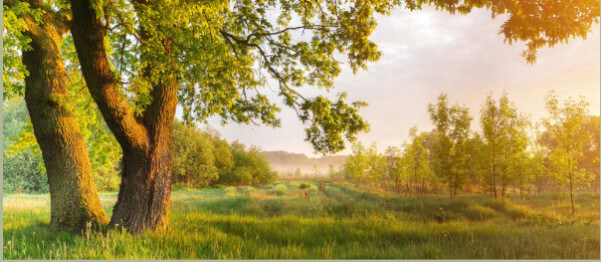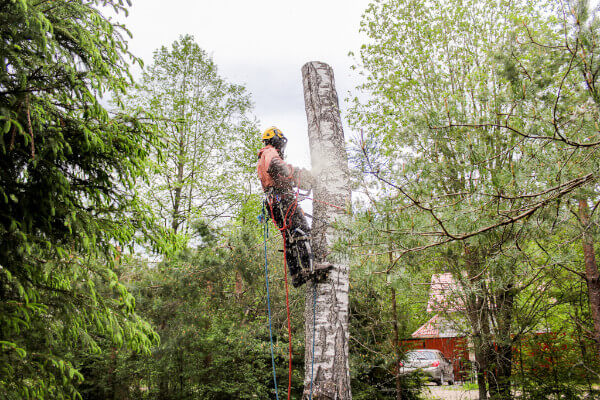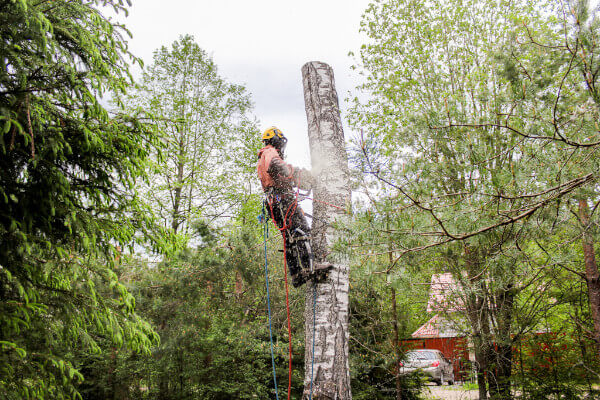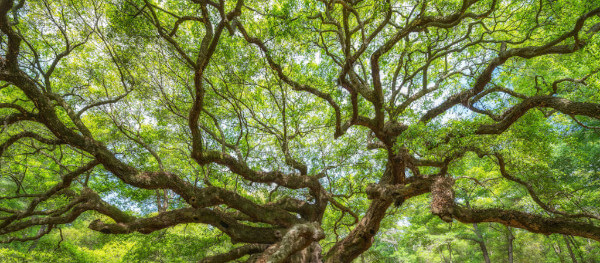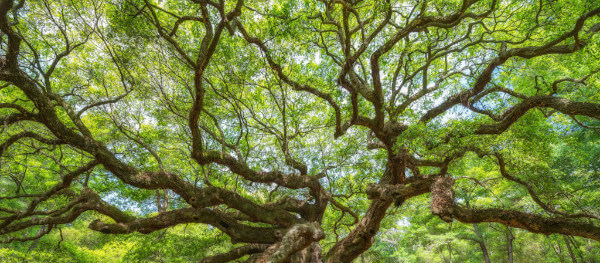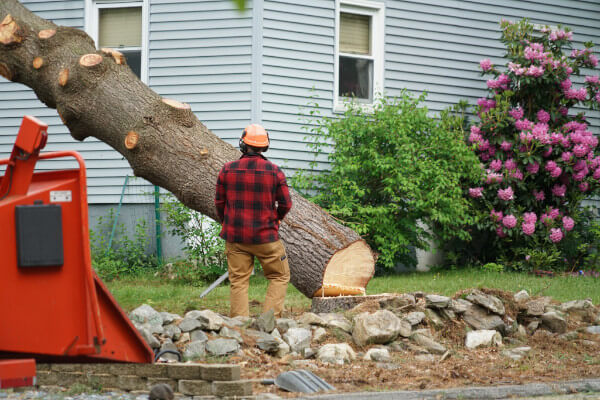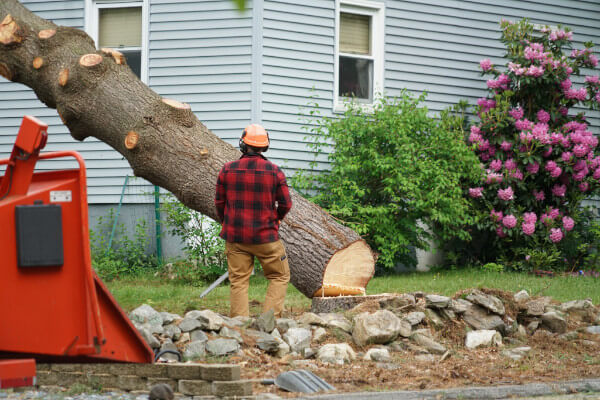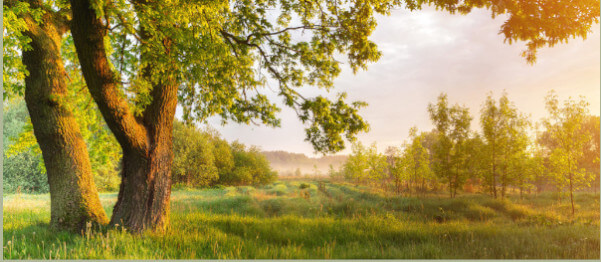
What Is a Tree Surgeon and Why You Should Hire One?
Trees can live from anywhere between fifty to more than three thousand years. However, the death of a tree is inevitable.
Some owe their deaths to infestations, others owe them to diseases, and others to climate change. Now while you may think of infestations and tree diseases in the context of a forest, know that your backyard trees are not immune to disease-induced death either.
It is for this reason (among others), that timely visits from a tree surgeon are not only recommended but essential to ensure the vitality of your trees and the safety of your home.
This article takes an in-depth look into what a tree surgeon does while exploring the many benefits of hiring one.
What Does a Tree Surgeon Do?
A tree surgeon is someone who specializes in the all-round care and maintenance of trees. They are dedicated experts who plant, prune, fell, and treat trees that require special care. Additionally, they are also skilled at landscaping when larger trees are involved.
They are qualified to give you advice on how to care for and meet the daily needs of your trees. In a nutshell, they serve as your go-to expert for everything that has to do with the care of large trees.
The Benefits of Hiring a Tree Surgeon
The average person, with a fair amount of research, might be able to perform the daily care required to maintain a large tree, however, over time things can get a little more complicated.
That is where hiring a tree surgeon can help.
Eliminating Safety Hazards
Tree surgeons have the experience and the knowledge it takes to identify potential hazards. They will be able to sport the early warning signs that a tree is likely to fall during a heavy storm, or that it poses a fire hazard to your home. Furthermore, they will then be able to carry out the entire tree removal process to ensure that you and your home are protected from any preventable tree-related accidents.
Tree Care Done Right
A tree surgeon will be able to accurately assess the health of your trees and give them the care they need to thrive in their surroundings. They will give you valuable insights and advice on what you can do to improve the appearance of your trees and ensure that they lead a healthy, long, and vibrant life in your yard.
This can be especially helpful if you have a variety of trees that require different types of care. A tree surgeon will be able to give you specialized recommendations for each tree type based on the climate you live in, the type of soil you have and the nearby environment.
Spotting the Early Signs of Disease
Your trees are prone to all kinds of diseases and infestations. However, the earlier you spot the signs of tree diseases, the easier they are to treat. Ensuring frequent visits by a tree surgeon will not only allow you to take preventative measures but will also be a great way to give any infected trees the best possible treatment at the earliest signs of infection.
This will allow your trees the opportunity to make a quick recovery and will also prevent the spread of these diseases to other trees within your garden.
Trimming and Organizing
In the initial stages of growing and planting trees, it can be difficult to gauge how these saplings will eventually affect the aesthetic and landscape of your garden. However, a tree surgeon can help you plan your yard, or garden to ensure that you get the most out of your space.
Additionally, a tree surgeon is also equipped for performing various tree grooming functions like trimming, pruning, branch removal, and more. These are all essential practices required for the proper maintenance of any yard.
dvanced Tools and Other Equipment
Large trees require complicated machinery and equipment. The wrong tools can cause irreparable damage to the tree. Improper usage of equipment is a safety hazard for the person using it as well as the people around them.
While the average person does not possess the tools nor the expertise to use these tools efficiently, a tree surgeon certainly does.
Save on Future Costs
Hiring a tree surgeon will only help you save money in the long run. Proper maintenance will result in fewer instances of disease and lower the likelihood of tree-induced injuries or accidents. Due to the variety of services, they offer, they serve as an all-in-one solution to a variety of tree-related problems.
This saves you from spending on a variety of specialists. Instead, you can simply hire a tree surgeon to conduct a complete inspection of your trees and follow it up by performing the necessary maintenance procedures required. Most tree surgeons offer a variety of packages which further allow you to cut down on your costs.
Hire a Qualified Tree Surgeon for the Job
There are a host of benefits for you and your trees to gain from hiring a tree surgeon. Not only does it prolong the lives of your trees, but it ensures that you and your family are safe from any preventable tree hazards.
At Grafting Gardeners, we have the knowledge, skill, and experience to care for your trees and give them the care they need to maintain their strength and vitality through the years. Get in touch with us today to schedule an appointment with our qualified tree experts!
Article was written by Conner D.
Article Source: https://www.graftingardeners.co.uk/what-is-a-tree-surgeon
